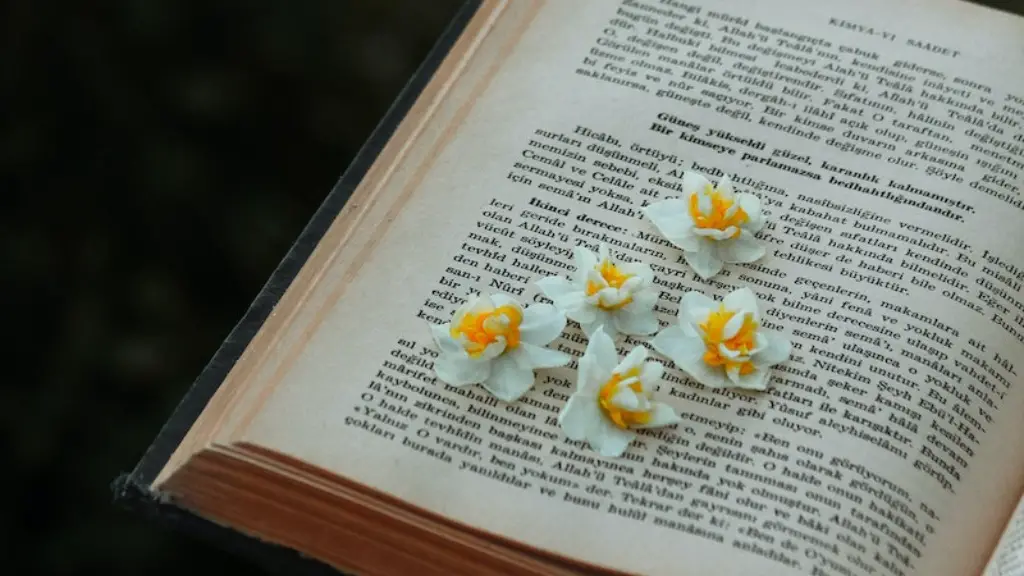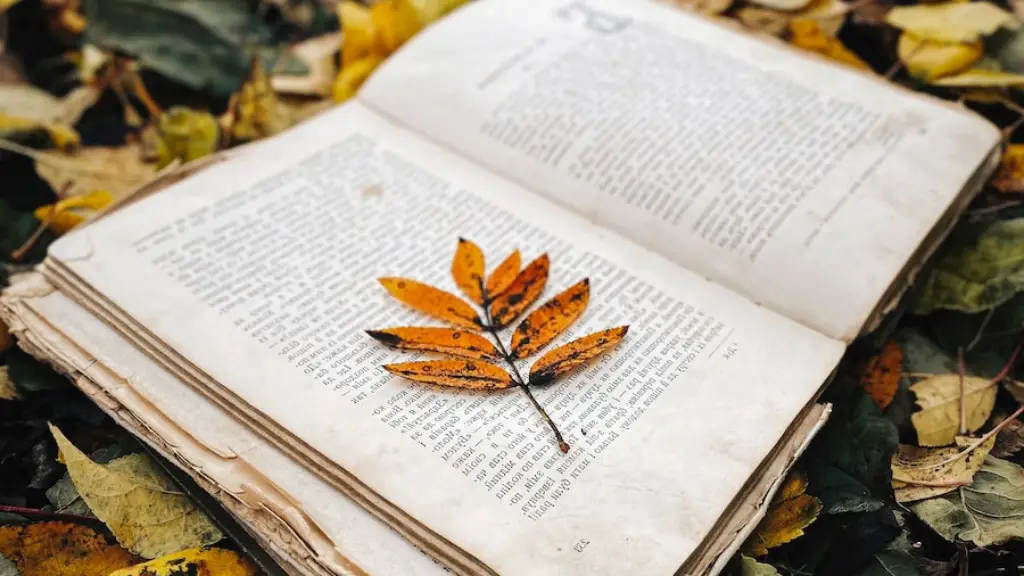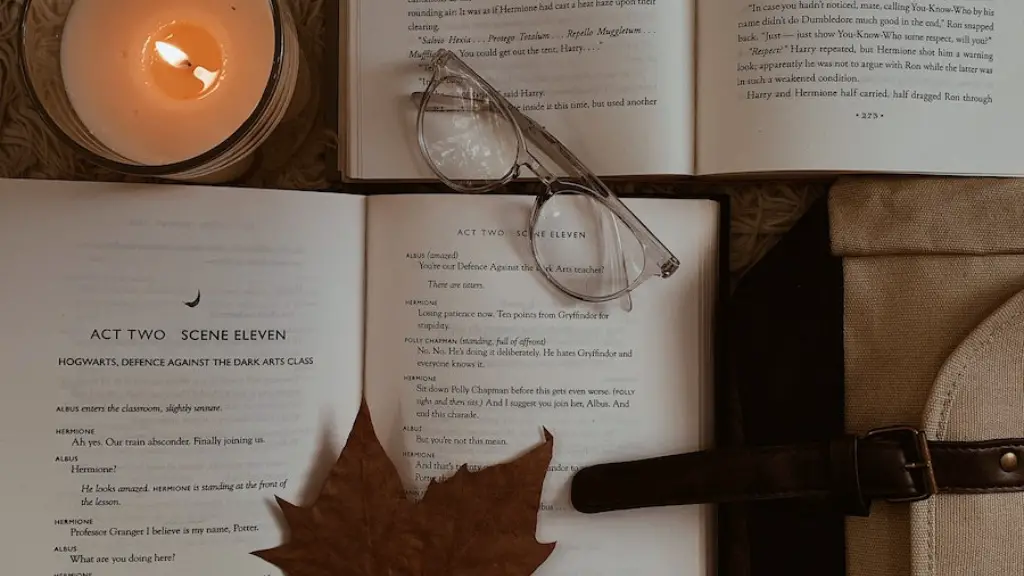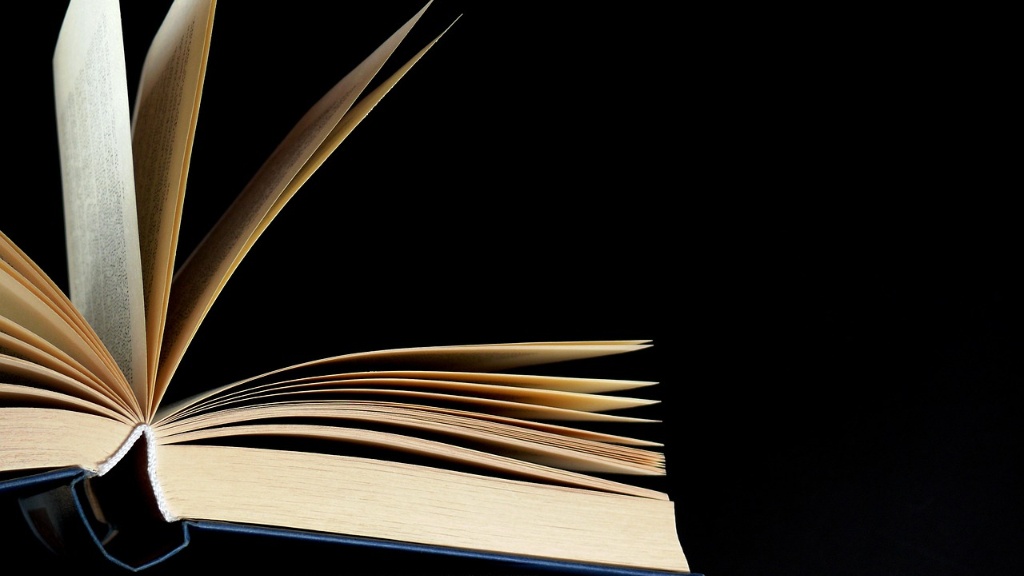What is Consonance in Poetry?
Consonance is a literary device used in poetry that helps to create and emphasize musicality in the poem. It’s the repetition of similar consonant sounds, usually at the end of adjacent lines or words. This technique creates a subtle yet pleasantly satisfying sensation to the reader or listener. Opposite to assonance which is the repetition of similar vowel sounds, consonance is an effective tool for poetic writers that helps bring out the music of their words and make a poem sing out.
When introducing consonance into poetry, a writer must be mindful of the vowel sounds and suffixes that surround the consonant sound. This repetition of a sound can be either within a single word or between many words. For example, the sentence “Let’s get set and go” is an example of alliteration, while “Let’s fly away far” is an example of consonance.
Poet and literary critic W.H. Auden said that one of the primary uses of the poetic device of consonance is to create an effect of rhyme in the poem without using rhyme itself. This is particularly important in poetry which has no set rhyme scheme. Consonance is also a useful device in writing free verse as it can allow a poet to subtly create movement and rhythm within the poem.
The main purpose of consonance in poems is to pull readers in and establish a connection between the words in the poem by creating a melodic flow. This playback of the sounds and syllables aids in the overall impression a reader has of the poem and can help create multiple layers of emotion and melodic cadence. It can help to evoke imagery and symbolism which is essential to any poetic work.
Consonance is just one of the many poetic tools available to authors, however it is a valuable one. While rhyme is the more commonly used tool in poetry, consonance can certainly be an effective way to add flair, musicality, and sound to a poem without relying on traditional rhyme. It’s also a helpful tool if you’re looking for a way to break out of the traditional structure of poetry.
Consonance Examples in Poetry
When looking at examples of consonance in poetry, it quickly becomes evident that this device is becoming increasingly popular. From cats to castles, consonance is weaving its way into many contemporary poems. Here are five examples of consonance in literature.
In the poem “The Cat” by Alphonse Allais, the poet uses the technique of consonance to play with words: “The cat’s paws with nary a noise, she perambulated through the hall, Her velvet tongue gripping the cold stair rail, She lightly slid towards the wall.” It creates a feeling of lightness and rhythm that reflects the poem’s title and content.
In “The Raven” by Edgar Allen Poe, consonance can be seen in the famous repetition of the word “nevermore”: “Ah, distinctly I remember it was in the bleak December, And each separate dying ember wrought its ghost upon the floor. Eagerly I wished the morrow;—vainly I had sought to borrow From my books surcease of sorrow—sorrow for the lost Lenore, For the rare and radiant maiden whom the angels name Lenore; Nameless here for evermore.” The sound of the word and the phrase creates a somber mood that reflects the feelings of the speaker in the poem.
In “Are You Going With Me?” by John Thompson, the poet uses consonance to craft a sense of togetherness and movement: “Stars follow my broken van if I call they’d come if you fall I’d go if you’re standing still I’ll stand with you all standing still the leaves wheel around.” Here, the poet utilizes a series of ‘l’ sounds, which helps to give the piece momentum and draw the reader into the imagery.
In “The Castle” by Thomas Merton, consonance is used to create a sense of mystery and quietness: “It is just a castle and nothing else. We may try and know, And still be overwhelmed. Somewhere in the spires The twilight gathers and falls.” This repetition of ‘s’ and ‘l’ sounds creates a subtle yet grounded effect that conveys the sense of the poem’s setting.
In the novel “The Catcher in the Rye” by J.D. Salinger, the protagonist, Holden Caulfield, says: “I swear to God, I’m’a stand out here all night if I have to.” This use of consonance conveys the character’s determination and will.
Why Is Consonance Important?
Consonance is an important poetic device because it helps writers to create interesting and beautiful imagery, convey mood and emotion, and establish rhythm and melody. It’s important to be mindful of the consonants being used as they can be an effective way to emphasize a certain idea, phrase, or setting. However, it’s important to note that too much consonance can detract from the poem or prose and can easily become overbearing or awkward.
When effectively and subtly used, consonance helps to establish the musicality and rhythm of a piece. It allows the writer to create a connection between the reader and the poem in a more subtle way, and helps to bring the words to life.
Perhaps the best way to understand the importance of consonance in a poem is to take a moment to read aloud a few of the examples of consonance in literature mentioned above. As you do so, you may notice a kind of musicality arising out of the sound of the words. The effect of the consonance may then become more evident, as will the importance of this poetic device.
How to Use Consonance in Poetry?
Using consonance in poetry requires care and skill. One must understand the importance of subtlety, and how too much use of this device can easily lead to awkwardness or overbearingness. When introducing consonance into a poem, decide where in the poem it can be most effective. Also, consider the length of the poem and whether consonance should be used throughout or only occasionally.
Consonance can be used anywhere in a poem, from the beginning to the end, and its repetition of the same consonant can be a powerful way to establish a connection with the reader and evoke the desired image. Keep it subtle. It’s important to be aware of how many instances of the same consonant sound is enough and how much is too much. It’s also important to make use of other poetic devices such as alliteration to ensure that the poem looks and sounds balanced.
Instrumental accompaniment can be beneficial while using consonance in poetry. Music and Prosody can help to give the poem a certain rhythm, kind of like a beat. This can help the poet to find the musicality of their words visually, and also allows the hypnotic effect of the consonance to dig deep into the reader’s subconscious.
Pros and Cons of Consonance
Consonance has many pros and cons which must be taken into consideration when deciding whether to use it in a poem. The pros include the ability to enhance the musicality of a poem, establish subtle connections between ideas, and create an interesting and engaging atmosphere for the reader. Conversely, some cons include the fact that too much consonance might det




